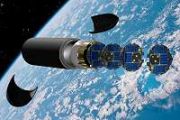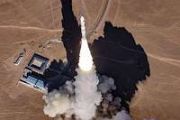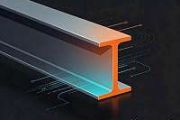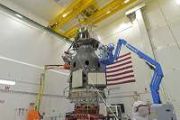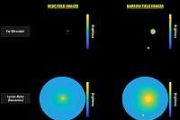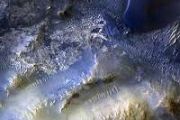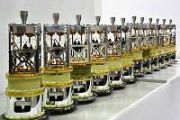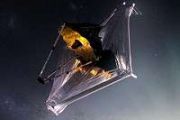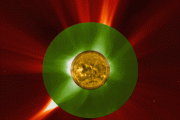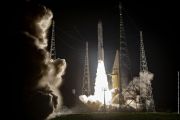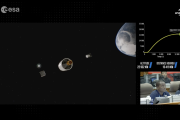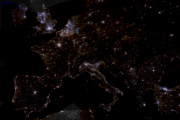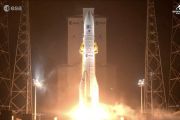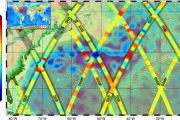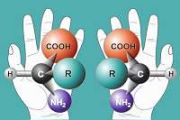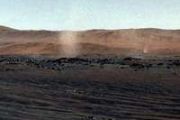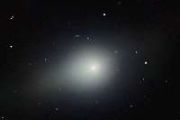
Copernical Team
Surrey Satellite joins forces with the Air and Space Institute
 Surrey Satellite Technology Limited (SSTL) is delighted to announce a partnership with centre of excellence and training provider, The Air and Space Institute. SSTL's Head of Customer Training Stu Jones is pictured (right) with ASI's Assistant Principle Ross Tarnowski (left), visiting ASI's soon to be completed dedicated Aerospace building in Newark, Notts.
By joining forces with ASI, SSTL
Surrey Satellite Technology Limited (SSTL) is delighted to announce a partnership with centre of excellence and training provider, The Air and Space Institute. SSTL's Head of Customer Training Stu Jones is pictured (right) with ASI's Assistant Principle Ross Tarnowski (left), visiting ASI's soon to be completed dedicated Aerospace building in Newark, Notts.
By joining forces with ASI, SSTL First month of science for Huginn
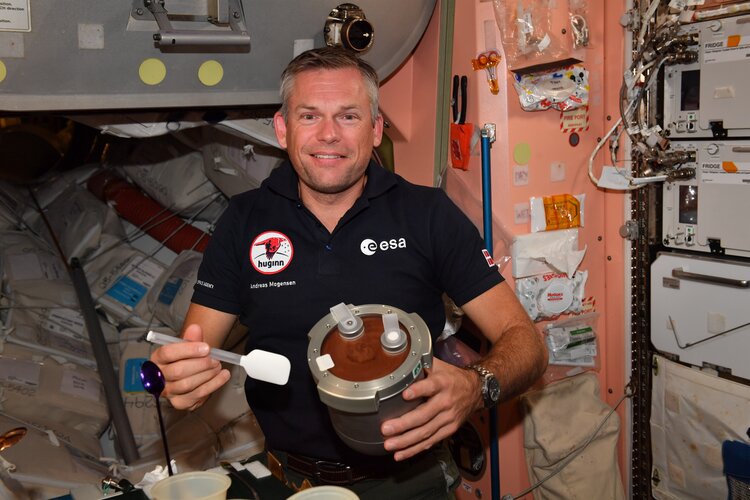
Andreas Mogensen had a busy first month in space, with plenty of science from sleeping in orbit and capturing pictures of thunderstorms to making chocolate mousse. Here is an overview of Andreas’s first month of science on the Space Station.
New Gaia release reveals rare lenses, cluster cores and unforeseen science

Today, ESA's Gaia mission releases a goldmine of knowledge about our galaxy and beyond. Among other findings, the star surveyor surpasses its planned potential to reveal half a million new and faint stars in a massive cluster, identify over 380 possible cosmic lenses, and pinpoint the positions of more than 150 000 asteroids within the Solar System.
Russian ISS segment springs third leak in under a year
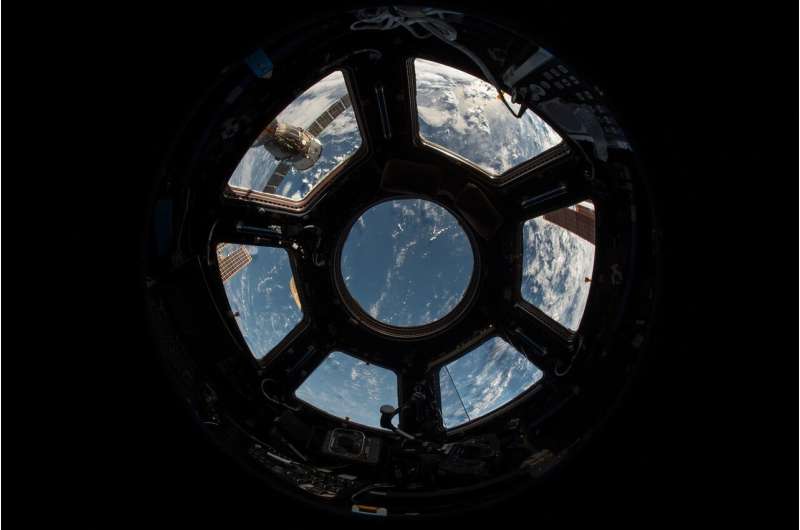
Liquid has leaked from the Russian portion of the International Space Station but the crew are not in any danger, the Russian space agency Roscosmos said on Monday.
"The Nauka module of the Russian segment of the ISS has suffered a coolant leak from the external (backup) radiator circuit, which was delivered to the station in 2012," Roscosmos said on Telegram suggesting there was no danger to the orbiting laboratory.
Last month, two Russian cosmonauts and an American astronaut landed back on Earth after spending a year at the ISS.
The three men had traveled on a Russian Soyuz to the ISS last year, in a mission that was meant to last only six months.
But the Soyuz suffered a leak probably due to impact from a tiny meteorite, so Moscow sent another rocket with no crew onboard.
The Russians and American then carried out the mission of the crew that was due to replace them.
The trio spent a year on the ISS—a rare venue for cooperation between the US and Russia—as tensions between Washington and Moscow intensified over the conflict in Ukraine.
Russia reports coolant leak in backup line at space station and says crew not in danger
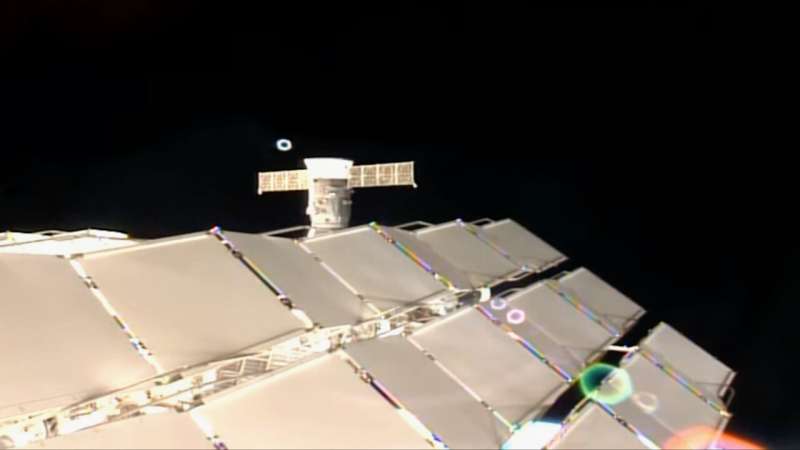
Atlas V launches from Cape Canaveral with prototype Amazon satellites

A United Launch Alliance Atlas V rocket climbed through the Space Coast skies carrying a pair of prototype satellites to orbit on the first of what's planned to be dozens of launches for Amazon.
The Project Kuiper Protoflight mission's goal is to help Amazon nail down how it wants to construct the entirety of its planned 3,236-satellite constellation that aims to offer global broadband internet service and compete with the likes of SpaceX's Starlink and other satellites systems.
The Atlas V made its 99th trip off the planet launching from Cape Canaveral Space Force Station's Space Launch Complex 41 at 2:06 p.m. at the opening of a two-hour window. It was ULA's 158th mission since it began operations in 2006.
"Bird is away," posted ULA President and CEO Tory Bruno on social media after liftoff. "Hot, straight and normal,"
The payload weights were not revealed as Amazon has been tight-lipped with its prototype designs, but the Atlas V was in its slim 501 configuration meaning it used a 5.4-meter fairing and no external solid rocket boosters to get the payloads to the target 311 mile altitude.
Planned launch has SpaceX back on task on Space Coast
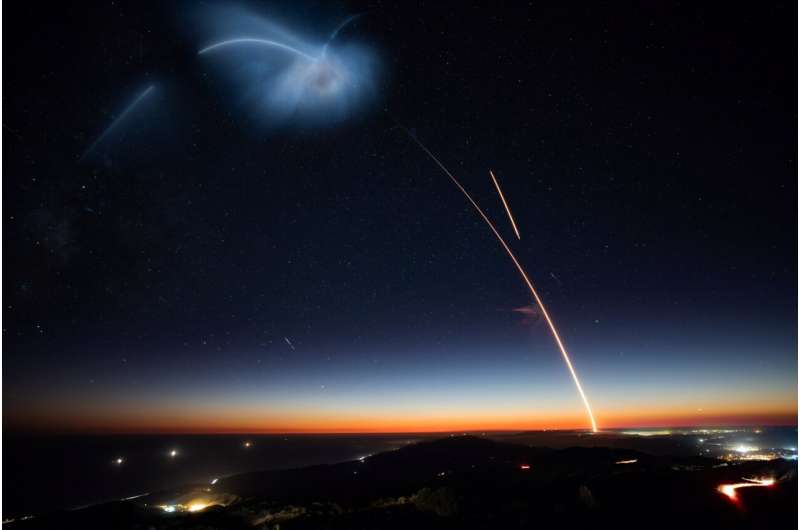
SpaceX handed over the Space Coast spotlight for a short time last week with United Launch Alliance managing an Atlas V liftoff for Amazon, but Elon Musk's company is back to the business of sticking more of its Starlink satellites into orbit.
A Falcon 9 rocket with 22 more of its second-generation of internet satellites is slated to lift off from Cape Canaveral Space Force Station's Space Launch Complex 40 at 9:18 p.m. with five backup windows from 9:57 p.m. through 12:35 a.m. Monday and another six backups Monday night starting at 8:42 p.m. running through early Tuesday at 12:10 a.m.
Space Launch Delta 45's weather squadron forecasts an 80% chance for good conditions and 95% chance in the event of a 24-hour delay.
The first-stage booster for the mission is making its 14th flight, and will attempt another recovery landing on the droneship A Shortfall of Gravitas down range in the Atlantic.
It would mark the 55th launch by all companies from the Space Coast in 2023 with all but four coming from SpaceX. ULA has managed three including the Amazon launch on Friday while startup Relativity Space launches its 3D-printed Terran 1 rocket back in March.
Coolant leaked from Russian part of ISS, crew safe: Roscosmos

Liquid has leaked from the Russian portion of the International Space Station but the crew are not in any danger, the Russian space agency Roscosmos said on Monday.
"The Nauka module of the Russian segment of the ISS has suffered a coolant leak from the external (backup) radiator circuit, which was delivered to the station in 2012," Roscosmos said on Telegram suggesting there was no danger to the orbiting laboratory.
Last month, two Russian cosmonauts and an American astronaut landed back on Earth after spending a year at the ISS.
The three men had traveled on a Russian Soyuz to the ISS last year, in a mission that was meant to last only six months.
But the Soyuz suffered a leak probably due to impact from a tiny meteorite, so Moscow sent another rocket with no crew onboard.
The Russians and American then carried out the mission of the crew that was due to replace them.
The trio spent a year on the ISS—a rare venue for cooperation between the US and Russia—as tensions between Washington and Moscow intensified over the conflict in Ukraine.
Vega flight takes satellites to space
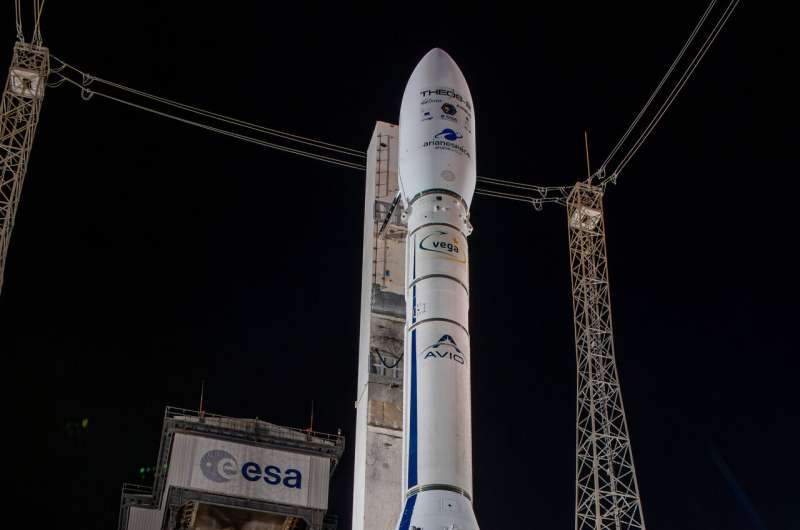
Today (Oct. 10) at 22:36 local time (02:36 BST, 03:36 CEST) the 23rd Vega flight saw its two main satellites launched and released into Earth orbit. The rocket's main passengers were the Earth observing THEOS-2 satellite and the meteorological satellite Triton.
THEOS-2 (THailand Earth Observation System-2) is an observation satellite manufactured by Airbus for the Geo-Informatics and Space Technology Development Agency of Thailand. THEOS-2 is the largest of the two satellites in the series and will provide the Ministry of Agriculture of Thailand with information on water resources, weather and land use for planning and management.
Triton (formerly known as FORMOSAT-7R) is a Taiwan Space Agency (TASA) satellite that will collect signals that bounce off the sea surface to help scientists calculate wind field over our oceans. This data will be shared with Taiwan's Central Weather Administration, contributing to the forecast of typhoon intensity and their trajectory.
The satellites were released in a sun-synchronous orbit, meaning they will fly over the same spot on Earth at the same time each day—following the sun.
Connect to ESA Careers Day on 9 November

If you are interested in applying for a job at ESA, curious to know what opportunities we have for you or would like to hear about the projects our teams are working on, then mark your calendar for 9 November 2023! For this fully online event, we will be streaming a programme packed full of sessions giving you an insider’s look at STEM careers at ESA.


